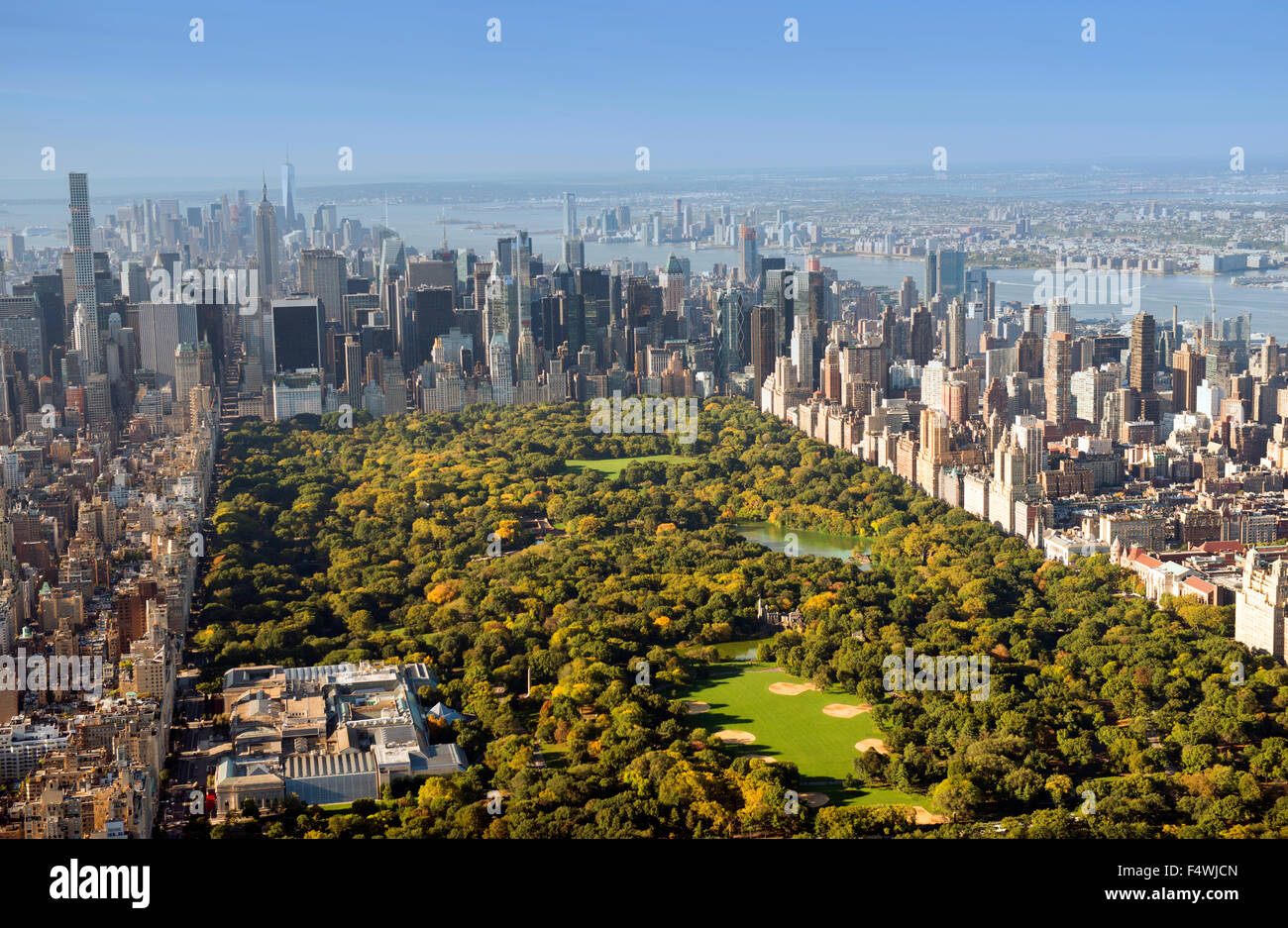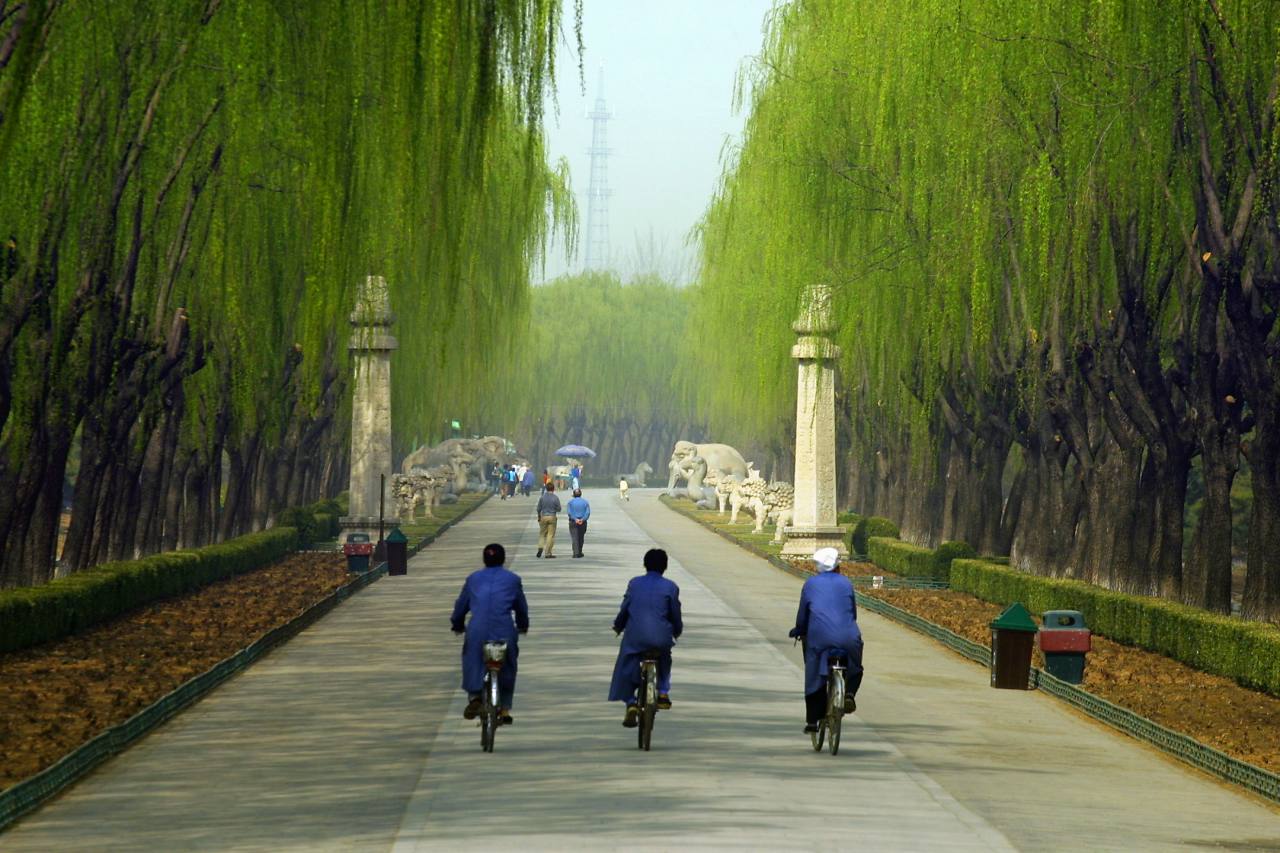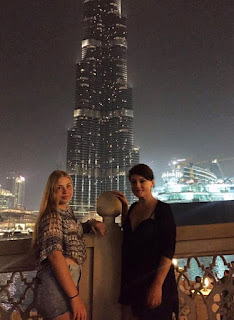SHOTS AND ANGLES
HIGH ANGLE: Makes a thing or a person insignificant and smaller than it is.

LOW ANGLE: Makes the object look bigger than it is.

SLANTED ANGLE: It is where the camera is tilted to one side on purpose so the distance/horizon is at angle.

EYE LEVEL SHOT: The audience sees from the characters eye level.

AERIAL SHOT: It shows everything that is happening from a bird eye view.

CLOSE UP SHOT: It used to reveal the character's thoughts and feelings.

LONG SHOT: It shows a whole setting, it could be used to show a full scene or an actor's full body.

MEDIUM SHOT: This shot shows the target's body as well as it's face.

WIDE SHOT: Includes a lot of visual information for the audience.

TWO SHOT: I'ts used in dramas where it shows friends side by side. I can also be used to show a relationship.

POIN OF VIEW SHOT: Shows a different point of view of a person. You can see they're hands in the picture.


LOW ANGLE: Makes the object look bigger than it is.

SLANTED ANGLE: It is where the camera is tilted to one side on purpose so the distance/horizon is at angle.

EYE LEVEL SHOT: The audience sees from the characters eye level.

AERIAL SHOT: It shows everything that is happening from a bird eye view.

CLOSE UP SHOT: It used to reveal the character's thoughts and feelings.

LONG SHOT: It shows a whole setting, it could be used to show a full scene or an actor's full body.

MEDIUM SHOT: This shot shows the target's body as well as it's face.
WIDE SHOT: Includes a lot of visual information for the audience.

TWO SHOT: I'ts used in dramas where it shows friends side by side. I can also be used to show a relationship.

POIN OF VIEW SHOT: Shows a different point of view of a person. You can see they're hands in the picture.



Comments
Post a Comment